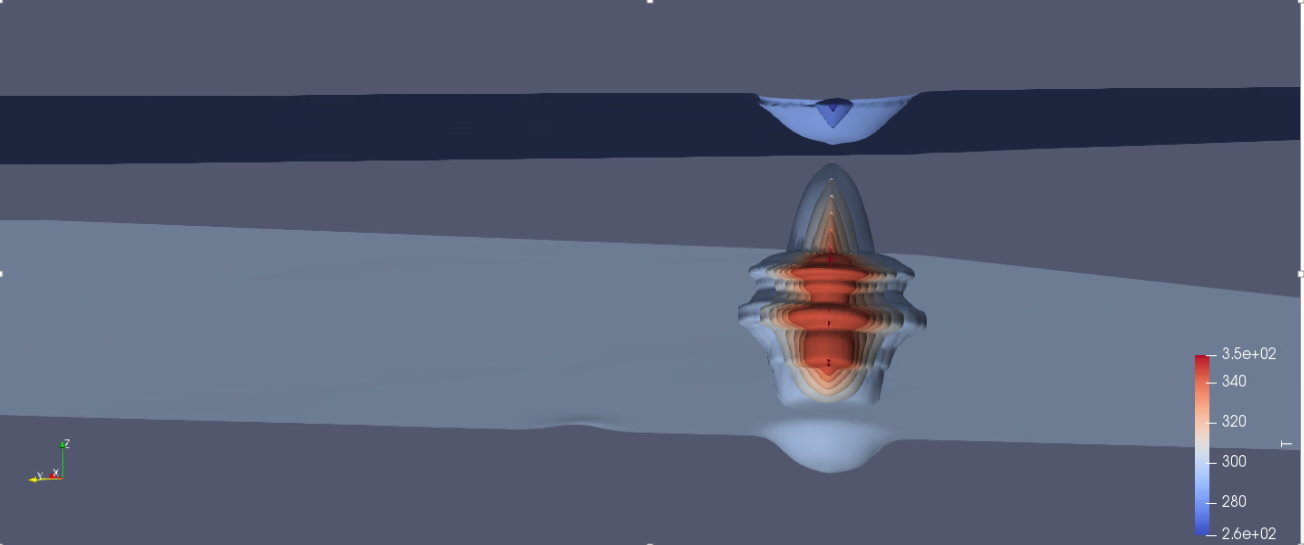SpeicherCity
 Numerical simulation of an ATES system (OpenGeoSys model)
Numerical simulation of an ATES system (OpenGeoSys model)
Project title: Modelle zur Systemintegration von Aquiferspeichern in Städten
Teilprojekt: Modellierung potenzieller Umweltauswirkungen thermischer Aquiferspeicher Im besonderen Zusammenhang mit Grundwasserkontaminationen (SpeicherCity: Models for the system integration of aquifer storage in cities Subproject: Modelling potential environmental impacts of thermal aquifer storage in the specific context of groundwater contamination)
Project description:
In the joint project "SpeicherCity", innovative models for the system integration of Aquifer Thermal Energy Storage (ATES) are being developed. These coupled models are going to be applied to different locations in Germany. The aim of this project is the integration of aquifer storage in today's and future energy systems. For this reason, various aquifer storage facilities at eight locations in German cities are being investigated with innovative approaches. About the development, application and exchange of coupled models, system integration and optimization will play an important role. The model developed in this project will also be applied to existing heating and cooling networks. The joint project includes the expertise of seven project partners, and is coordinated by the Karlsruhe Institute of Technology (KIT).
The focus of the UFZ team in the “SpeicherCity” project is on the environmental impact of aquifer storage and possible synergy effects with existing groundwater contamination. Initial modeling of the environmental impacts in the context of a life cycle analysis shows the positive effects on climate-damaging greenhouse gases compared to other technologies. However, in contrast to these positive effects, temperature changes in groundwater can also lead to negative impacts such as increased mobility of volatile organic compounds (VOC). The goal is to investigate the environmental impacts and synergistic effects using advanced and coupled models at the KONATES site in UFZ campus. A numerical model will be established for system characterization and generates boundary parameters for potential environmental impact analysis. Potential outcome of the project is technical and policy suggestions on the design and construction of ATES systems.
